Santa Barbara Symphony Debuts Piece Featuring Chumash Spoken Word
Premiere of ‘Wisdom of the Water, Earth, Sky’ at Granada Theatre Featured Daughter of Last Native Speaker of Chumash Language
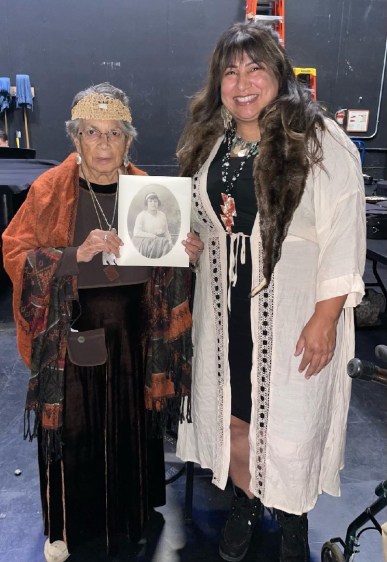
There were a whole lot of firsts packed into two performances at the Granada Theatre this past weekend. It was the first time, for example, that composer Cody Westheimer’s brand-new composition Wisdom of the Water, Earth, Sky was performed by the Santa Barbara Symphony — or any other symphony orchestra for that matter. It was also the first time the Santa Barbara orchestra performed inside the ornate Granada with a vast video screen behind the musicians that displayed swooping panoramic shots of the San Marcos Foothills that also happened to be filmed by the composer. And lastly, it was the first time the spoken Chumash language has ever been incorporated into any symphonic presentation performed in Santa Barbara.
Welcome to Thanksgiving and Native American Heritage Month, which both — ironically — take place in November.
Providing the Chumash delivery was Ernestine Ygnacio-De Soto, a longtime Chumash preservationist, cultural resurrectionist, and tribal elder. Her mother, Mary Yee, was the last native speaker of the Chumash language. Yee died in 1965.
In her spoken-word delivery, Ygnacio-De Soto described in Chumash the role of the dolphin in Chumash lore. She talked about the role of the acorn and how the Chumash afforded the deer the first wave of droppings, more larded with nutrients and flavor. She also talked about the role of the squirrel and the breadth of vision — wisdom — embodied by the red-tailed hawk.

| Credit: Courtesy
Joining Ygnacio-De Soto with the spoken word portion was Marianne Parra, a Ventura-based Chumash native who traces her lineage to the Dos Pueblo Ranch. Parra spoke in English, providing a commentary — not a translation — that complemented and expanded upon Ygnacio-De Soto’s.
All this got jump-started when symphony conductor Nir Kabaretti approached Westheimer — a self-described unrepentant eco-nerd who returned to Santa Barbara two and a half years ago from what he called his “23-year sentence to Los Angeles” — and asked if he’d write something to honor the Chumash. Westheimer was initially apprehensive. “Why me?” he asked, adding by way of explanation, “Cultural appropriation and all.”
At that time, Westheimer had already immersed himself into the growing effort to save a portion of the San Marcos Preserve from development. That campaign — initially seen as a highly unlikely long shot — defied all the doubters and achieved a surprising critical mass. Pretty soon, visible support of the effort became an occasion of obligation for anyone pretending to espouse a credibly progressive platform. Throughout it all, Westheimer played a key role. He took videos of the land — with all its sweeping panoramic vistas of the ocean from Goleta and to Montecito. His Hollywood polish paid off. The videos had impact.

“This is a very secretive place,” Westheimer observed. “There’s so much going on. It’s a very spiritual place. And for the Chumash, it’s a sacred place.”
Westheimer’s videos were used to acquaint those who’d never visited the San Marcos Foothills with its secret wonder. But more strategically, they were used as fund-raising tools that proved instrumental in securing the $18 million in donations and loans that were needed to buy 101 acres of mesa landscape that otherwise would have sprouted luxury homes.
Among the regulars who showed up on the property during that campaign were Marianne Parra and Ernestine Ygnacio-De Soto. It was inevitable they’d connect with Westheimer, who is endowed with an irrepressible bounce. Initially Ygnacio-De Soto — famous for her blunt observations — wasn’t sure what to make of Westheimer, a long-distance runner, bike rider, musician, and activist. Back in high school, Westheimer worked to help save Ellwood Shores from development and for the creation of what’s become the Ellwood Preserve. Now he was out to save the San Marcos Foothills.
“Initially, I didn’t take him seriously,” Ygnacio-De Soto said. “But he’s a genius, I’m telling you. He’s really a genius.”
Sign up for Indy Today to receive fresh news from Independent.com, in your inbox, every morning.
Today, Westheimer looks upon Ygnacio-De Soto with the fondness and respect one would an adoptive grandmother.
When Ygnacio-De Soto and Parra agreed to participate in a music project honoring the Chumash, Westheimer’s lights shifted from yellow to green. The project would happen. Over the past 50 years, Ygnacio-De Soto has become well-known in South Coast political circles for her unwavering, uncompromising, and at times undiplomatic advocacy for the preservation and celebration of Chumash language and culture. Ygnacio-De Soto grew up hearing Chumash spoken at home between her mother, Mary Yee, and Yee’s uncle.
“Growing up, I thought I was the only Chumash in the world,” Ygnacio-De Soto recalled. “Ours was the only family that spoke the language. And back then, lots of people who were in fact Chumash pretended that they were not. Times have changed.”
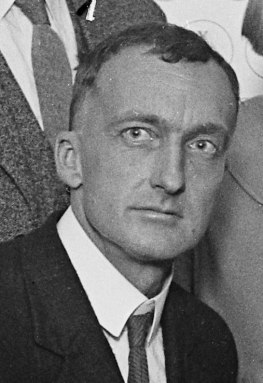
In 1951, Yee’s uncle died. Replacing him as a confidante and conspirator about all things Chumash in Mary Yee’s house was John Peabody Harrington, the anthropologist who studied Chumash language and culture in excruciating detail until his death in 1961. To the extent the Chumash language can still be retrieved today is because of the groundbreaking work done by Harrington. Much of his work focused on Mary Yee and other members of her family.
To Ygnacio-De Soto, Harrington was a tall, gawky man — a bit weird and most definitely irritating. While she never learned the language, Ygnacio-De Soto said, she still managed to absorb the sounds of the language unconsciously and osmotically.
“I would not call myself fluent at all, but I can hear it in my mind. I can read it and see it,” she stated. “You’ve got to be able to hear those clicks and where they’re coming from, and how the tongue needs to be back down in the back of your throat to get those German-sounding sounds.”
Ygnacio-De Soto said she didn’t start focusing on her Chumash roots until 1978, when she was studying to become a nurse. One class shy of qualifying for her degree, she recalled signing up for a Native American Studies class. She wrote a paper about her mother’s story. She got an A+. And she got her degree for nursing, a field in which she worked for more than 40 years.
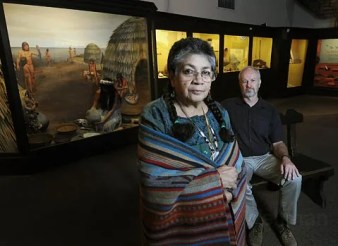
| Credit: Paul Wellman (file)
Along the way, Ygnacio-De Soto would team up with her own version of Harrington, John Johnson, until recently the chief anthropologist at the Santa Barbara Museum of Natural History. Johnson tends to be quiet and scholarly in his demeanor, while Ygnacio-De Soto is more outspoken and opinionated. The two have enjoyed an enviable chemistry over the years and have collaborated on many projects, most notably Ygnacio-De Soto’s book, play, and performance chronicling six generation of Chumash women told through the prism of her own family.
Of her performance at the Granada, Ygnacio-De Soto said, “It was an experience. It was the first time for me.”
Even so, she said she felt “not right up there.” By that, she explained, she felt she could have nailed the pronunciation better. Still, she enjoyed being onstage with a symphony orchestra listening to all the joy and upwelling exaltation in Westheimer’s score.
“I’m going to have to go the symphony more often,” she said.
In the meantime, Ygnacio-De Soto — now in her eighties — shows little intention to slow down. She’s working with various cultural circles on different ways to bring back food groups native to the Chumash that have been obliterated. And underlying everything is the restoration of the Chumash language. To this end, she has conscripted and enlisted her nephew James Yee, now working toward his PhD at UC Santa Barbara.
“I’m reaching out to the young. That’s the future,” Ygnacio-De Soto said. Then she corrected herself. “That’s our future.”
Support the Santa Barbara Independent through a long-term or a single contribution.

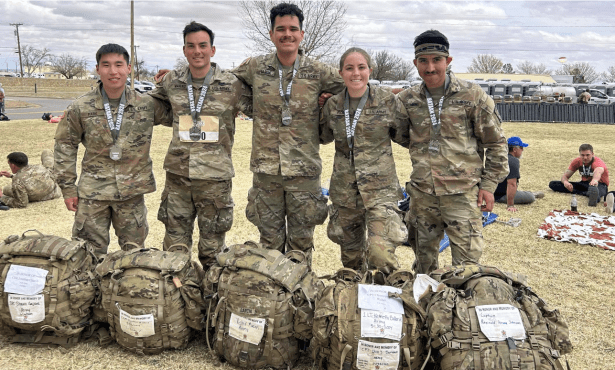

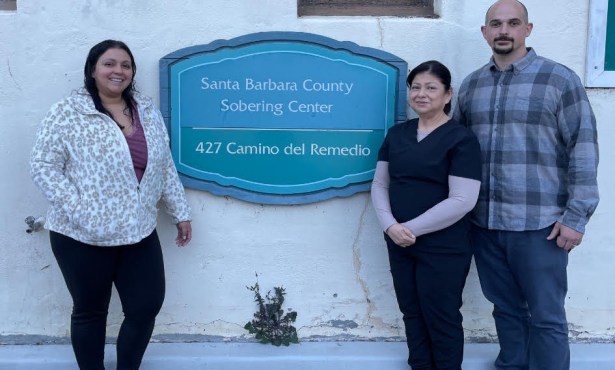
You must be logged in to post a comment.